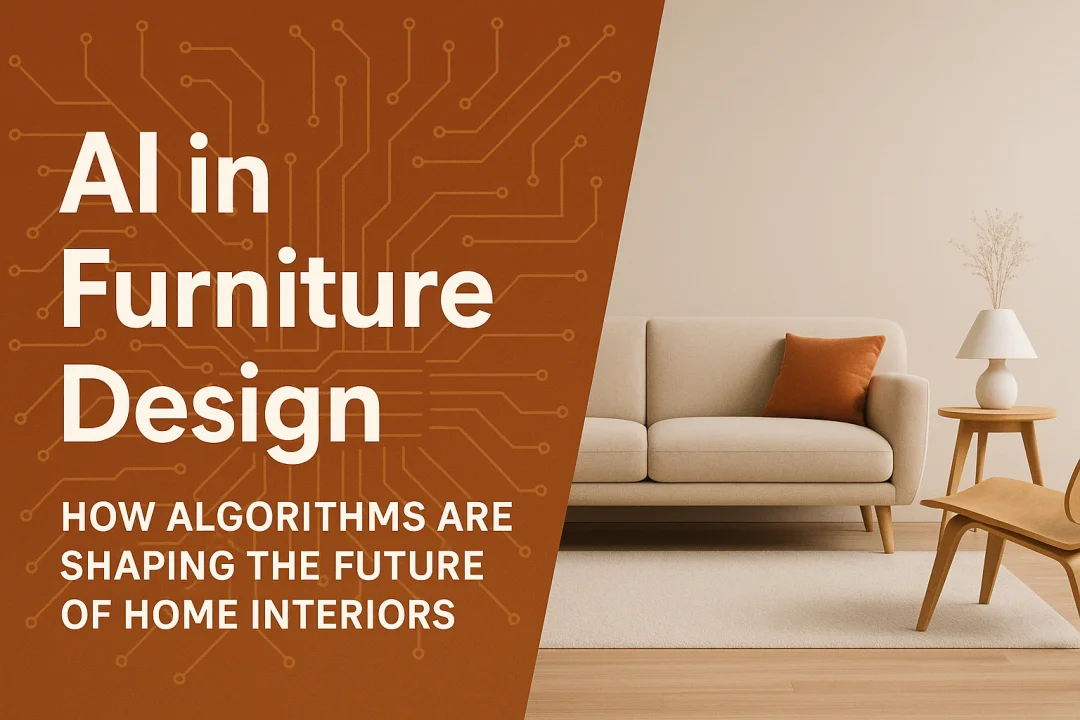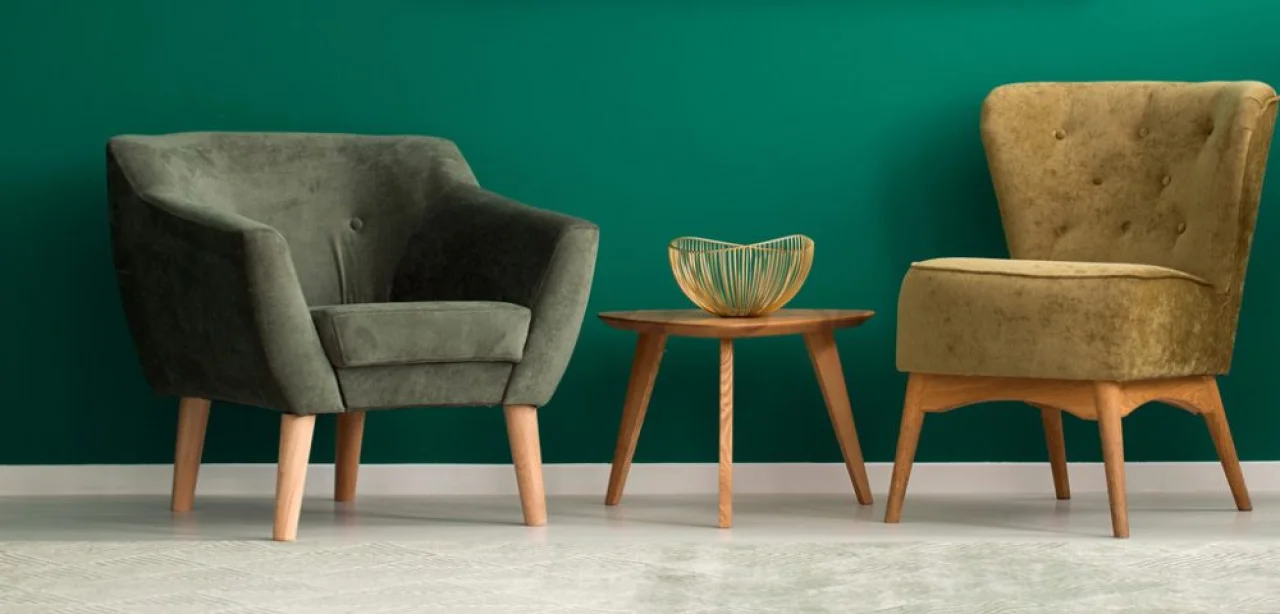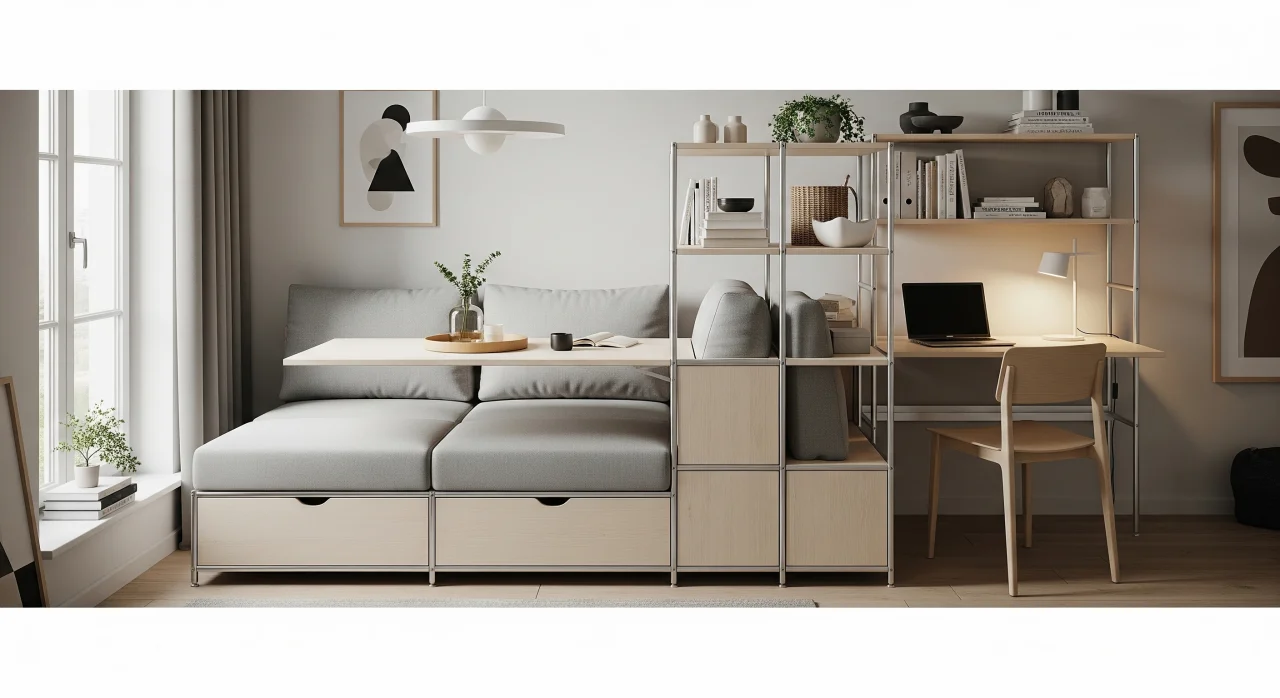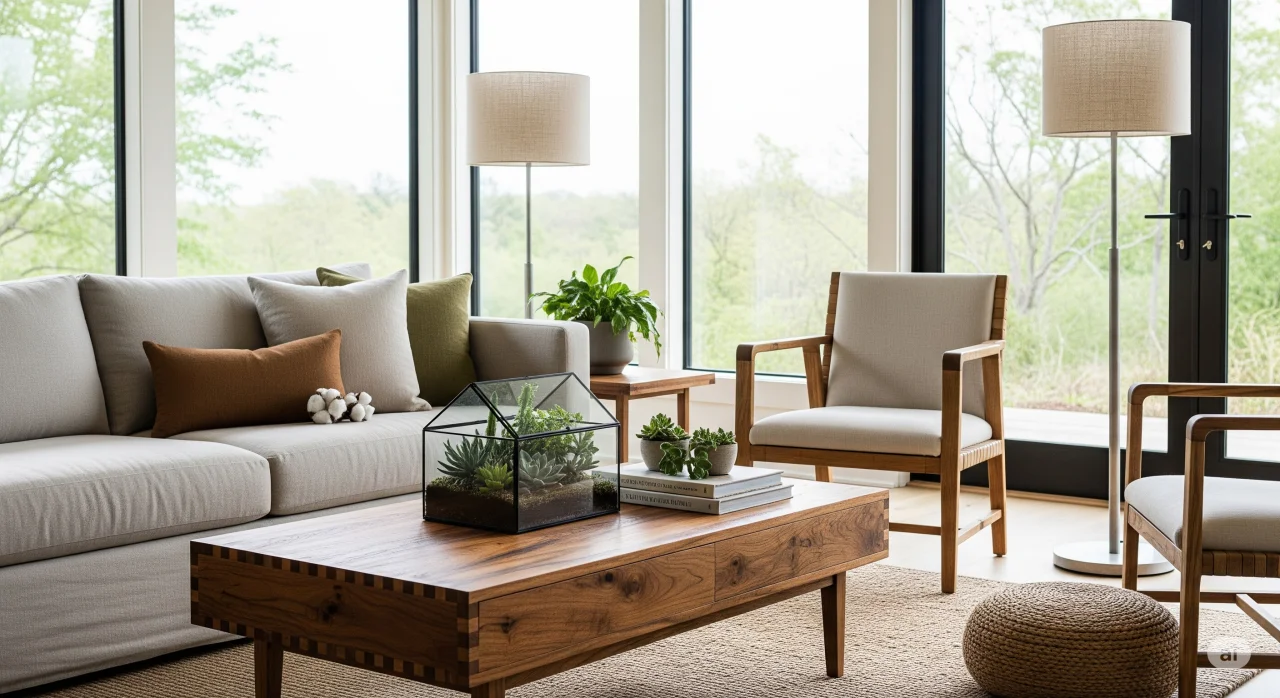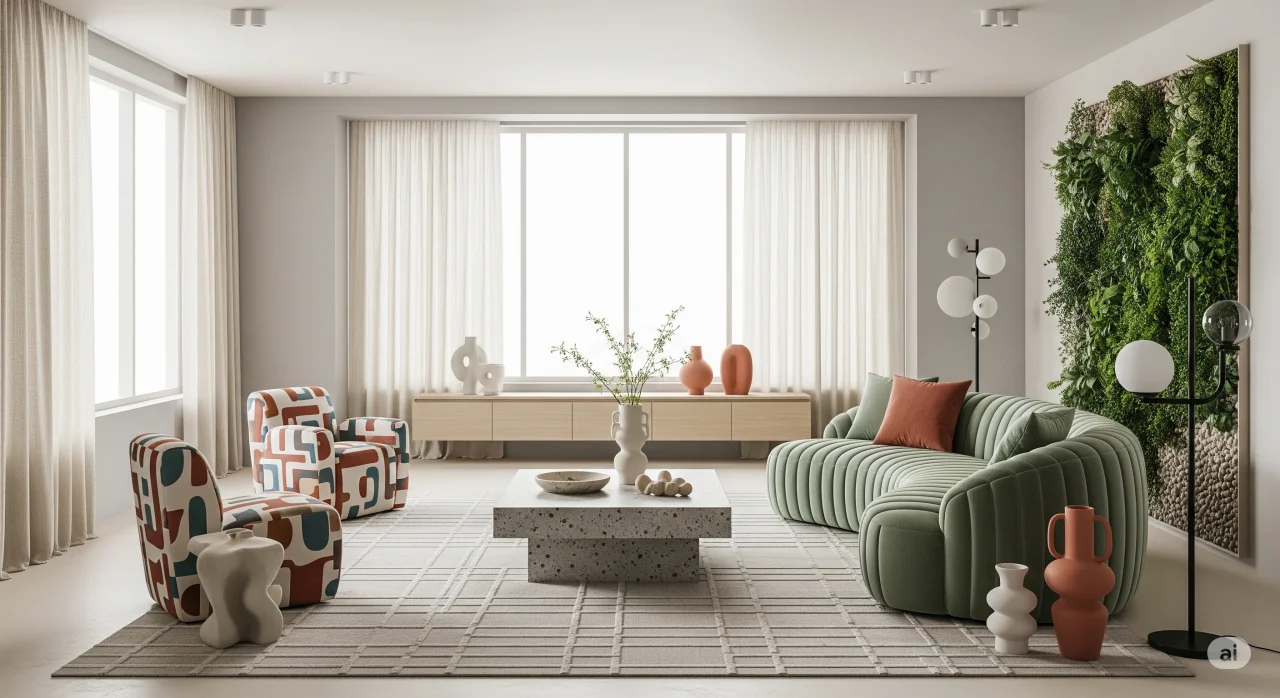The Rise of AI in Furniture Design
Artificial intelligence (AI) is no longer confined to futuristic tech labs or complex data analytics—it’s now a powerful force in the world of furniture design and home interiors. As we move further into the age of smart living, algorithms are beginning to influence everything from how sofas are shaped to how entire rooms are planned.
The integration of AI is not just a design trend; it represents a paradigm shift in how furniture is conceptualized, customized, and created.
Algorithm-Driven Aesthetics
AI can analyze thousands of interior design styles, user preferences, and spatial configurations within seconds. This allows designers to use machine learning tools that generate fresh, trend-forward ideas. Generative design software, fueled by AI, can propose multiple furniture models based on a set of constraints such as room size, function, or material limitations.
Rather than replacing designers, AI tools assist them—offering a collaborative creativity that pushes aesthetic boundaries and functional innovation.
Hyper-Customization for Consumers
One of the most exciting impacts of AI in furniture design is the rise of personalization. Brands are using AI-driven platforms that allow customers to virtually design their own furniture, adjusting everything from dimensions to color palettes in real time.
Machine learning models track consumer behavior and past choices to suggest personalized furniture options. This results in pieces that not only fit physical spaces but also reflect the unique lifestyle of the homeowner.
Virtual Rooms and Predictive Layouts
AI-powered interior platforms use augmented reality (AR) and virtual reality (VR) in tandem with algorithms to simulate how furniture will look and function within a space. Predictive algorithms can even suggest optimal room layouts based on usage data, lighting, and flow.
For example, platforms like Planner 5D and Morpholio use AI to guide users in building efficient, aesthetically pleasing interiors—even without professional design training.
Sustainability Through AI
AI is also playing a crucial role in making furniture design more sustainable. By predicting material efficiency, optimizing supply chains, and reducing waste during the prototyping phase, AI helps brands minimize their environmental footprint.
Algorithmic material sourcing ensures more eco-friendly decisions—choosing sustainable woods or recycled materials depending on availability and carbon impact.
What the Future Holds
As technology advances, AI is expected to become more seamlessly embedded into the entire design lifecycle—from inspiration to production. Imagine a future where your home scans itself and offers furniture suggestions based on changing needs, lifestyle habits, and even mood.
AI in furniture design isn’t just enhancing the creative process—it’s revolutionizing how we interact with our living spaces.
The future of furniture is intelligent, intuitive, and deeply personal. As AI continues to evolve, it empowers both designers and homeowners to create interiors that are smarter, more sustainable, and beautifully tailored to modern life.
Whether you're a design professional or just looking to refresh your living room, the algorithms working behind the scenes are already reshaping your experience.

